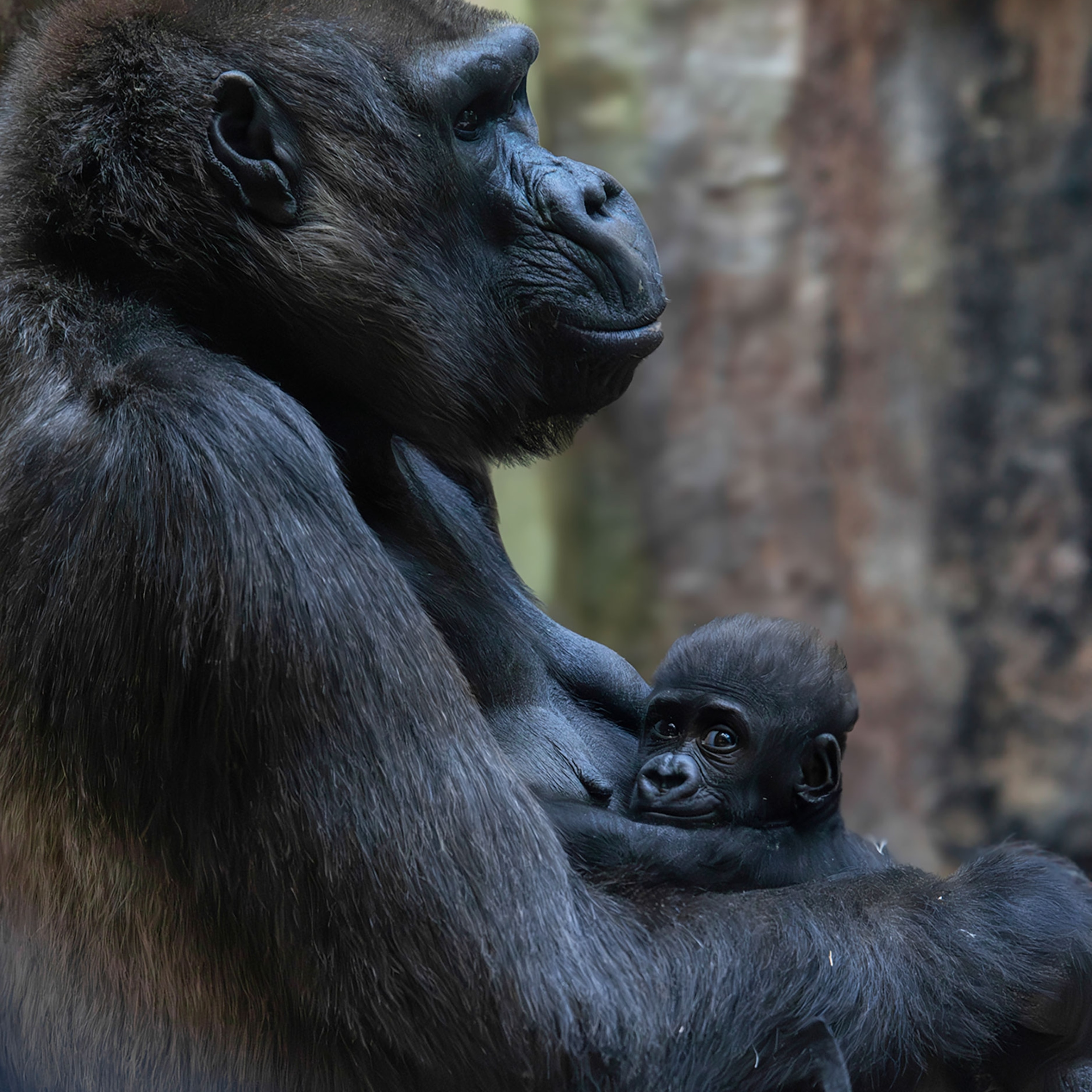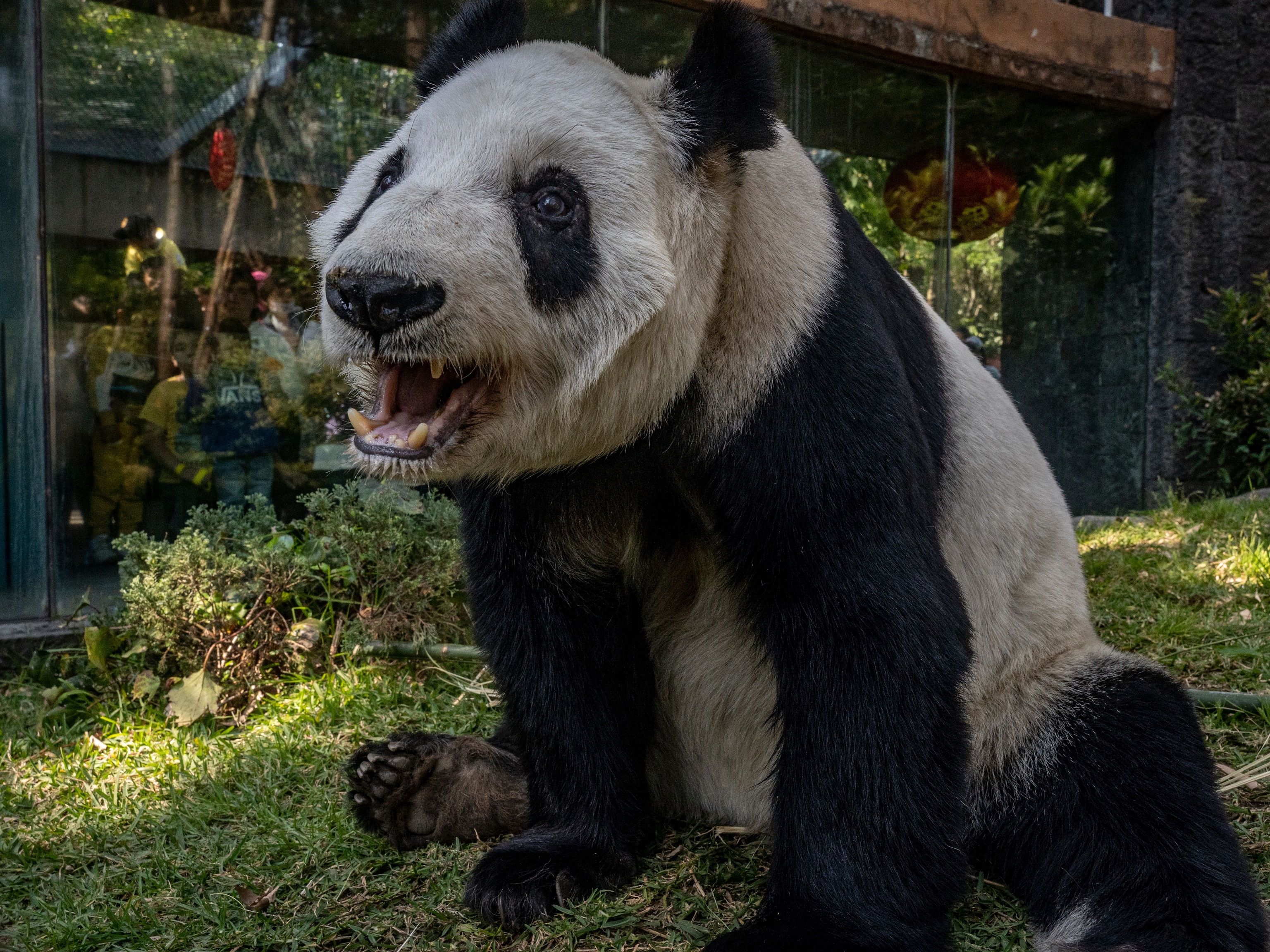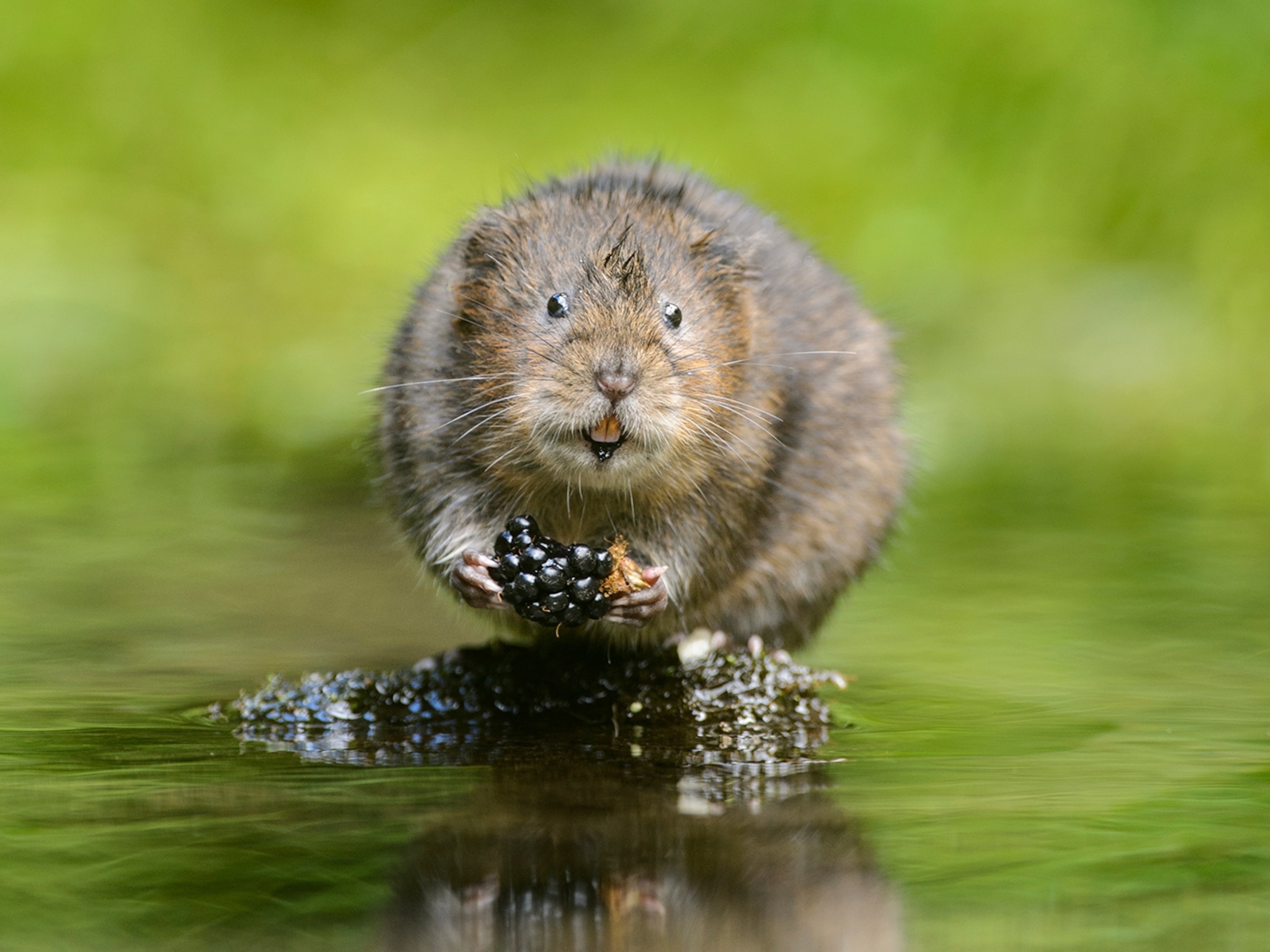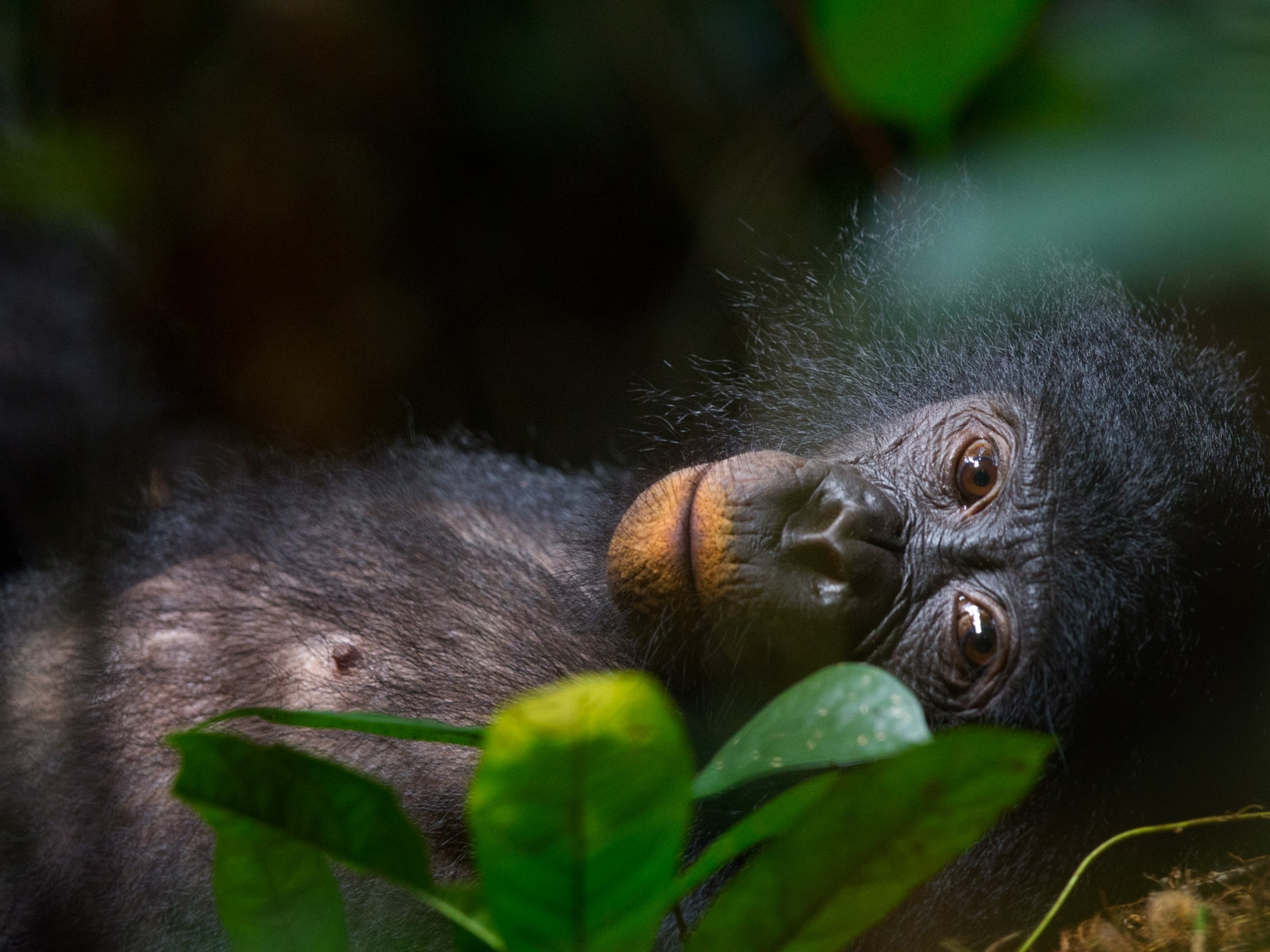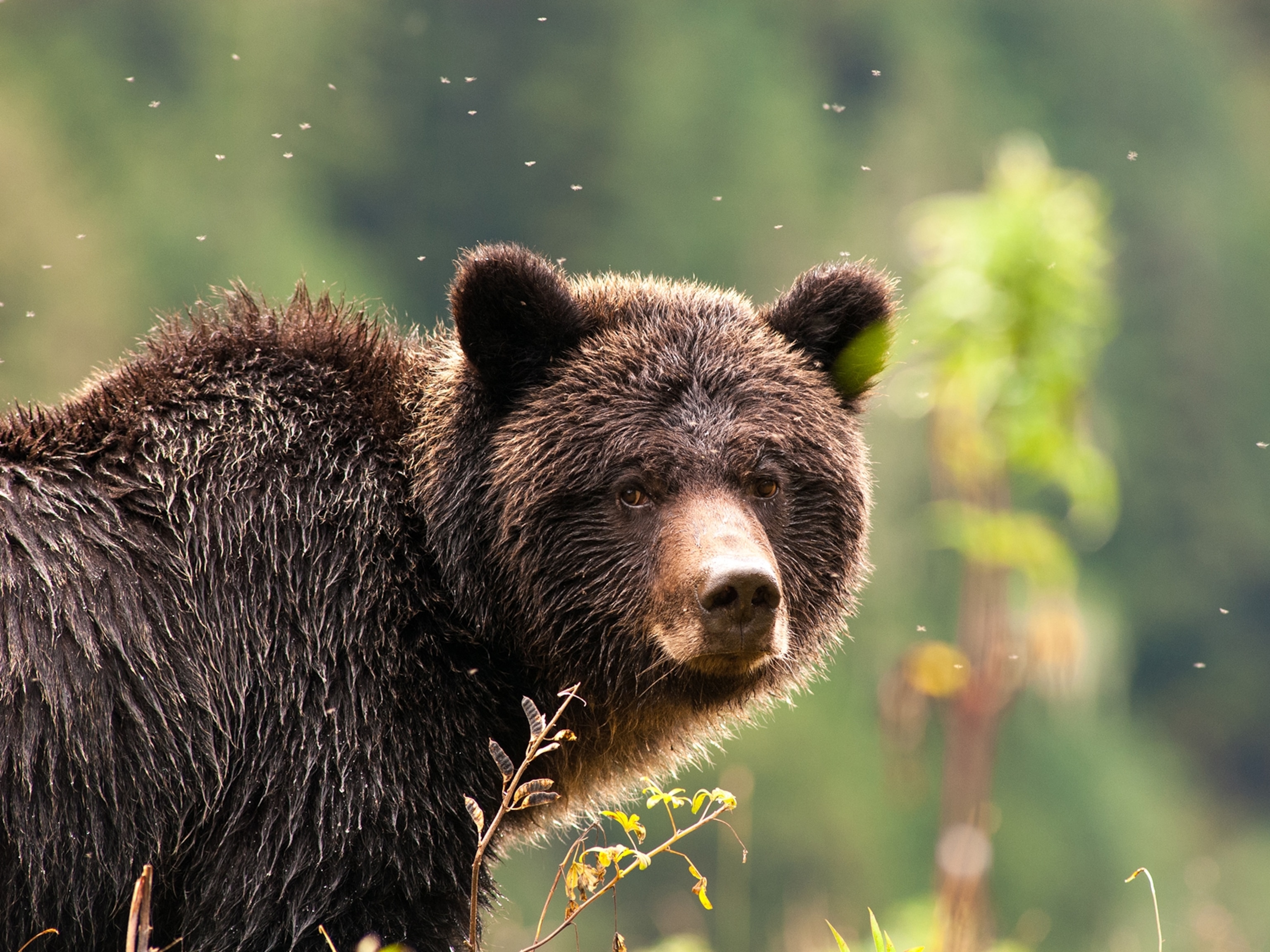Pandas are back in D.C.—what’s the latest on their future?
Bao Li and Qing Bao will soon go on display at Smithsonian’s National Zoo in Washington, D.C., possibly signaling a new era of panda diplomacy.
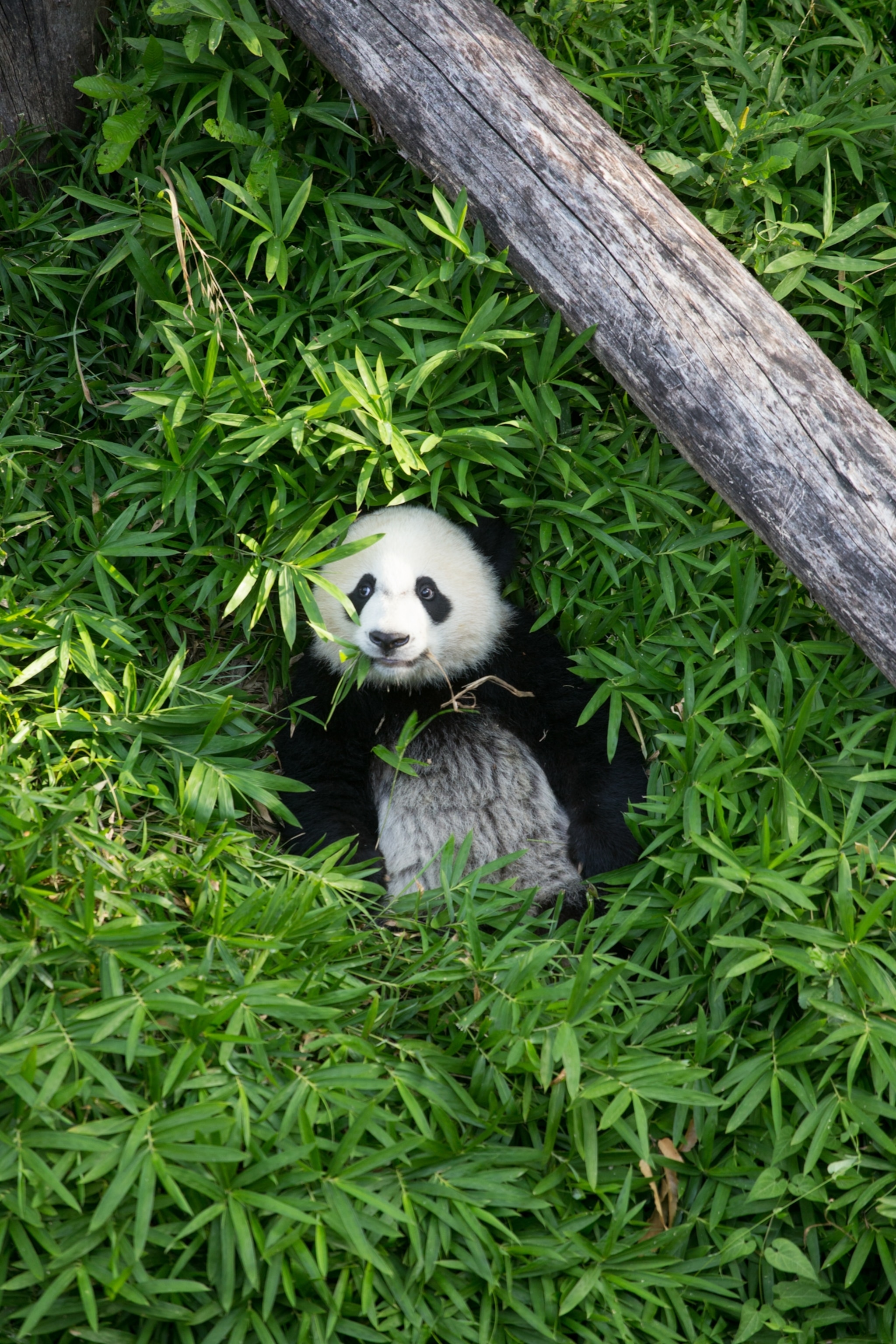
They’re plump. They’re playful. They’re vulnerable to extinction. Honestly, who doesn’t love giant pandas?
“One of the reasons pandas are so lovable is that their features are exaggerated, like a child’s big face on a little body,” says Marc Brody, founder of Panda Mountain, a conservation organization that supports people in restoring panda habitat in the Wulang Nature Reserve.
And with a new pair of black-and-white ursids scheduled to go on display at the Smithsonian's National Zoo in Washington, D.C., in January 2025, these lovable Chinese animals are once again making headlines.

Since the 1970s, China has closely controlled where pandas live in international zoos, requiring a $1 million fee to “rent” the animals each year. While the U.S. once housed several pandas at five zoos, currently the animals live in San Diego and Washington, D.C.
The National Zoo most recently housed giant pandas in 2023, when Tian Tian and Mei Xiang and their three-year-old cub, Xiao Qi Ji, were called back to China amid rising tensions between the U.S. and China. (Read more: Is breeding pandas in captivity worth it?)
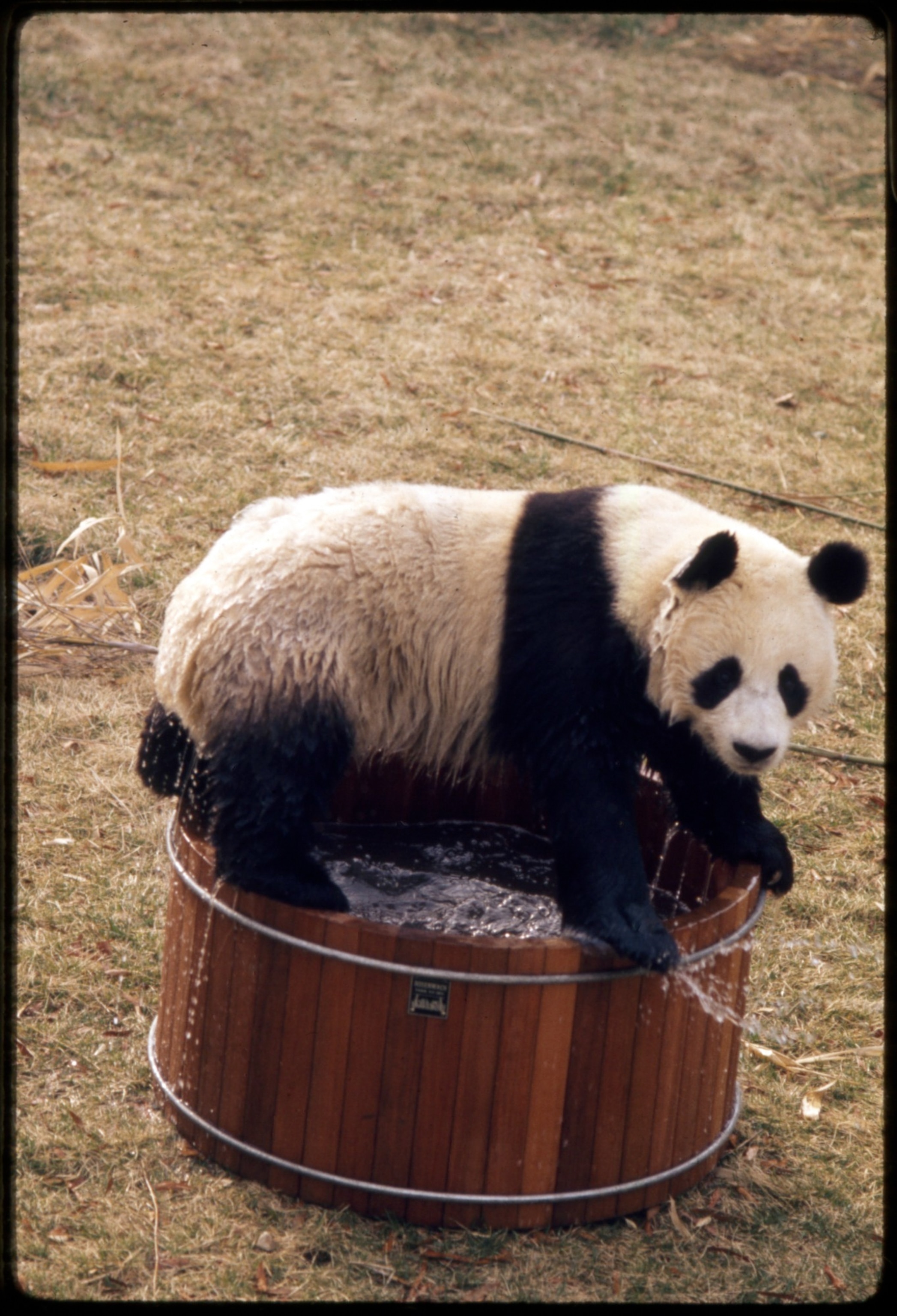

Yet the arrival of Bao Li and Qing Bao, a male and female each three years of age, to D.C. suggests that relations may be improving. So does the San Diego Zoo's new panda pair, Yun Chuan and Xin Bao, which joined the zoo in August 2024.
Panda diplomacy, as it’s been dubbed, has been in use since the Tang Dynasty (A.D. 618–907), but the U.S. got its first taste of it in 1972 when President Richard Nixon and Patricia Nixon traveled to Beijing on an important diplomatic visit. It was the first time the two nations’ leaders had sat down together in more than two decades. As a sign of goodwill, Chinese Premier Zhou Enlai later gifted a pair of pandas, Ling-Ling and Hsing-Hsing, to the National Zoo.
More than 50 years later, giant pandas remain a sign of international cooperation—as well as an enormous draw for the zoos that keep them.
In honor of the arrival of Bao Li and Qing Bao, let’s take a deeper look at how we arrived at this moment in history—as well as learn what scientists believe the future holds for the species.

Conservation success
Unlike all the other species in their family, panda bears are mainly herbivores, subsisting almost entirely on bamboo. There are more than a thousand species of bamboo, and pandas are known to eat several dozen.
In the mid-1970s, a massive flowering event in China’s Sichuan Province led to a widespread die-off of several bamboo species, which in turn caused the starvation of half the world’s giant pandas.
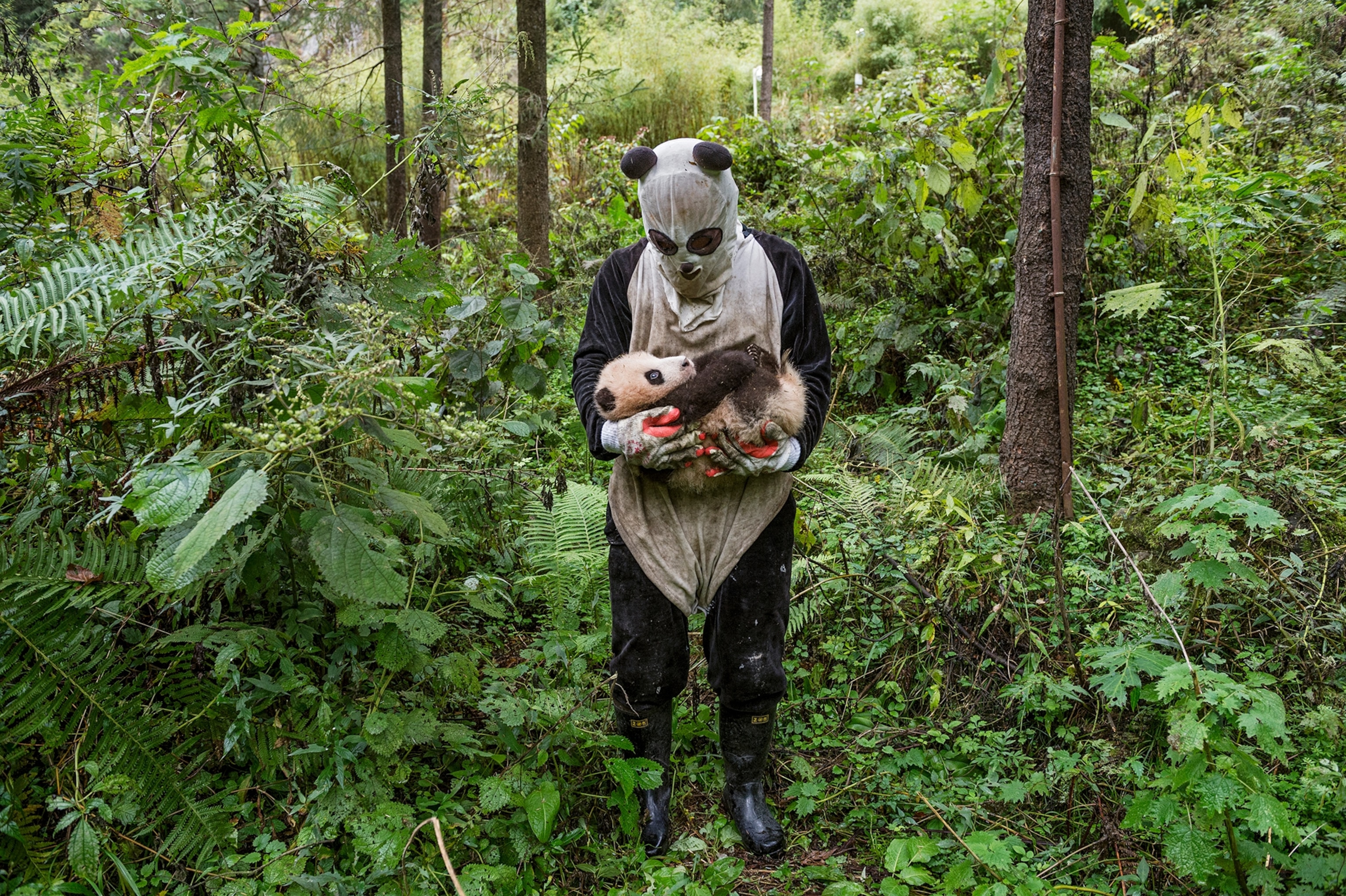
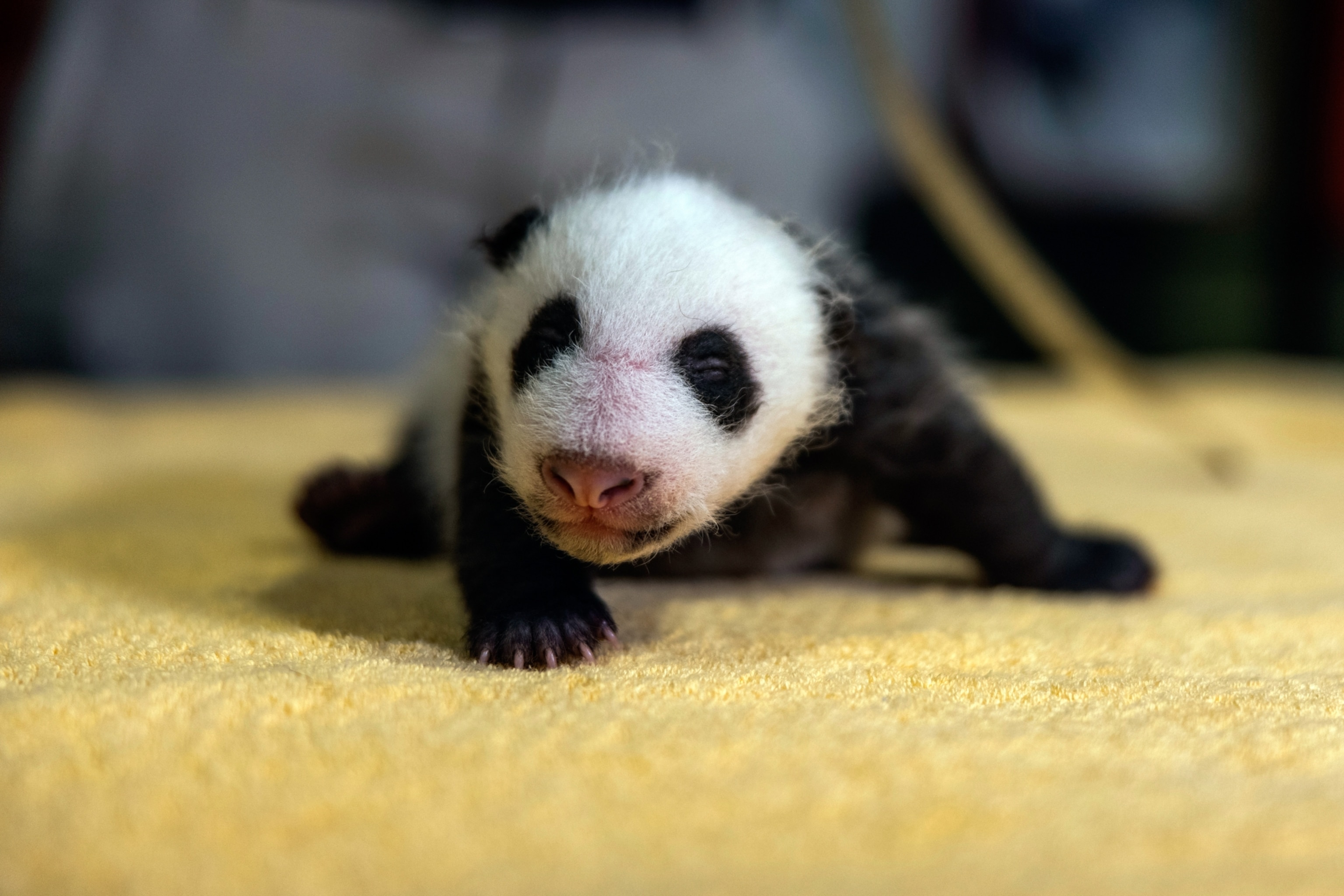
“Pandas are very shy animals that avoid contact with humans,” says Brody, who is also a National Geographic Explorer. “So when pandas started showing up in villages, starving, looking to eat corn or anything they could find, it was very disturbing.”
The tragedy caught the world’s attention and pushed China to heavily invest in captive breeding and learning how to artificially inseminate pandas. (Here’s how giant pandas grow up, from tiny pink babies to massive adults.)
Today, there are around 600 pandas in captivity, and current breeding programs include pandas born in the wild to increase genetic diversity in the captive population, says Brody.

At the same time, the Chinese government and conservation organizations have made great strides in protecting the giant panda’s mountain habitat in western China, which is under immediate threat from development projects, as well as long-term dangers, such as climate change, which is making many areas too hot and wet for bamboo. Conservation efforts began in the 1960s and kicked into high gear in recent decades, with the amount of protected panda habitat nearly doubling since 2012.
Such endeavors led to a major milestone in 2021, when Chinese officials took giant pandas off the endangered species list.

Rewilding remains a challenge
Even so, wild panda populations remain highly fragmented: Of the 33 wild panda groups, 15 are in danger of blinking out. While China has established more than 50 panda reserves, only 67 percent of the wild panda population lives in such places, according to the World Wildlife Fund.
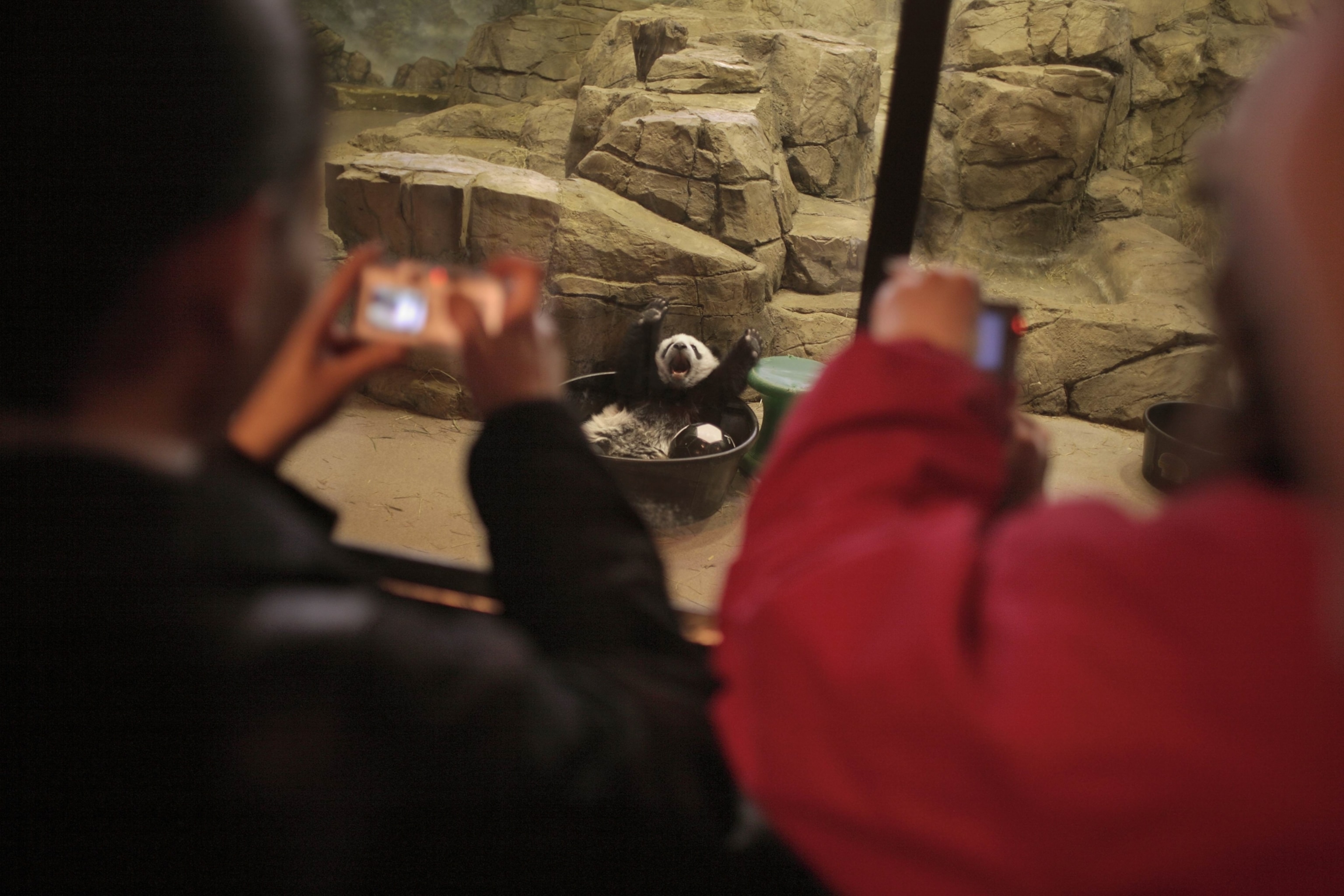

What’s more, despite intense efforts to prepare pandas for life in the wild, efforts to reintroduce the animals into the wild have not been as successful as hoped. (Read more about pandas being reintroduced into the wild.)
These struggles “create an enormous management issue for the Chinese authorities,” says Stuart Pimm, the Doris Duke Professor of Conservation Ecology at Duke University who has studied how habitat fragmentation threatens pandas.
“The case has to be made that we have to begin to reintroduce pandas into the wild, and we have to prepare the public for the really pretty awful news that many of those animals are going to die,” says Pimm.
That’s because no matter what the species, many reintroduced animals perish before a new population can take hold. “Even under the best circumstances, this is going to be a very risky business," he says.

The panda’s solitary nature is also difficult for reintroduction, says Brody. Previously, officials had released captive-bred pandas into areas where wild pandas already existed, leading to sometimes deadly conflict between the bears.
However, a new strategy of releasing two to three captive-bred animals into areas with fewer wild bears may lead to a more successful integration of these young pandas into wild populations, he says.
Another potential boon for the species is a new national park system underway in China, complete with a 10,000-square-mile park that will connect numerous disjointed panda habitats, known as Giant Panda National Park in Sichuan Province. (Read more: “China forges ahead with ambitious national park plan.”)
“That will greatly improve connectivity and strengthen scientific capacity across numerous reserves,” says Brody. “With this new, unified system, panda habitat will be better protected.”

Get ready for panda-monium
And while China, nonprofits, and an anxious public cheer for the fluffy conservation ambassador, they’ll likely have even more opportunities in coming years to see pandas in real life. (Read how captivity can disrupt pandas’ circadian rhythms.)

For U.S. panda fans who can’t wait another minute to see the animals, a limited number of National Zoo members can sign up to view the pandas early, which is meant to help the animals acclimatize to crowds. The zoo is also hosting a public celebration of the pandas from January 29 to February 9, which will include special events, programs, and a Lunar New Year event.
Even after all these years, Brody says seeing pandas in person never gets old.
“I believe there’s no substitute for the real thing,” he says. “To me, pandas are an embodiment of good.”



